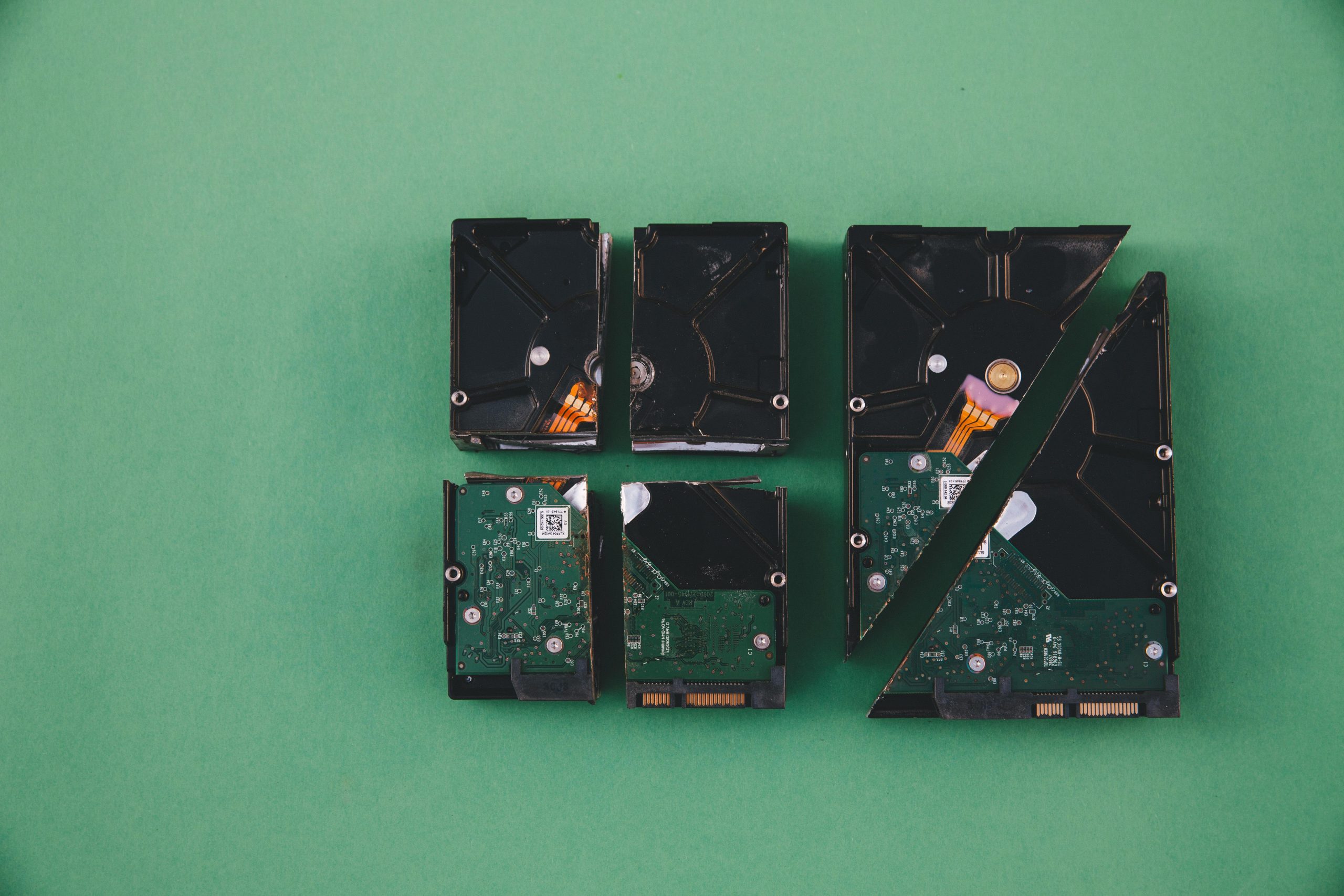Developing a Reliable Backup Validation Tool: Introducing BackupGuardian
Ensuring the integrity of database backups is a critical aspect of data management, especially during migrations or restorations. Despite thorough testing, backups can sometimes harbor subtle corruption or transaction issues that only surface during actual restoration, potentially leading to significant data recovery challenges. Recognizing this risk, I embarked on building a dedicated backup validation solution to provide an extra layer of assurance.
The Challenge: When “Good” Backups Fail
During a recent PostgreSQL migration, our team relied on standard backup verification techniques that involved basic file checks and integrity validations. However, after restoring the backup, we discovered transaction inconsistencies that only appeared upon detailed examination. This experience underscored the limitations of conventional validation methods and highlighted the need for deeper, more reliable checks before relying on backups in critical operations.
Introducing BackupGuardian
In response, I developed BackupGuardian, an open-source tool designed to conduct comprehensive validation of database backups across multiple database systems. Its purpose is to catch issues that might be missed by superficial checks, providing developers and DBAs with confidence in their backup files.
Core Features of BackupGuardian
- Upload Support: Accepts database backup files in formats such as
.sqland.dump. - Deep Validation: Performs advanced integrity checks, detecting corruption, syntax errors, and transactional inconsistencies.
- Detailed Reporting: Generates comprehensive reports including migration confidence scores to inform decision-making.
- Multi-Database Compatibility: Supports popular database systems like PostgreSQL, MySQL, and SQLite.
Technical Architecture
BackupGuardian is built with a modern web stack to ensure accessibility and ease of deployment:
- Frontend: Developed using React with Vite for a lightning-fast interface, styled with contemporary CSS techniques.
- Backend: Powered by Node.js and Express, interfacing seamlessly with PostgreSQL for managing validation data.
- Deployment: Hosted on Railway and Vercel to facilitate quick setup and scalability.
- Open Source: Fully available on GitHub, encouraging community collaboration and improvement.
Live Demonstration and Access
To showcase its capabilities, a live demo is accessible at https://www.backupguardian.org. The web interface allows users to upload backup files up to 100MB effortlessly. For larger files, a command-line interface (CLI) option is available, making the process straightforward and user-friendly.
Community Engagement and Feedback
Building BackupGuardian in public has been

